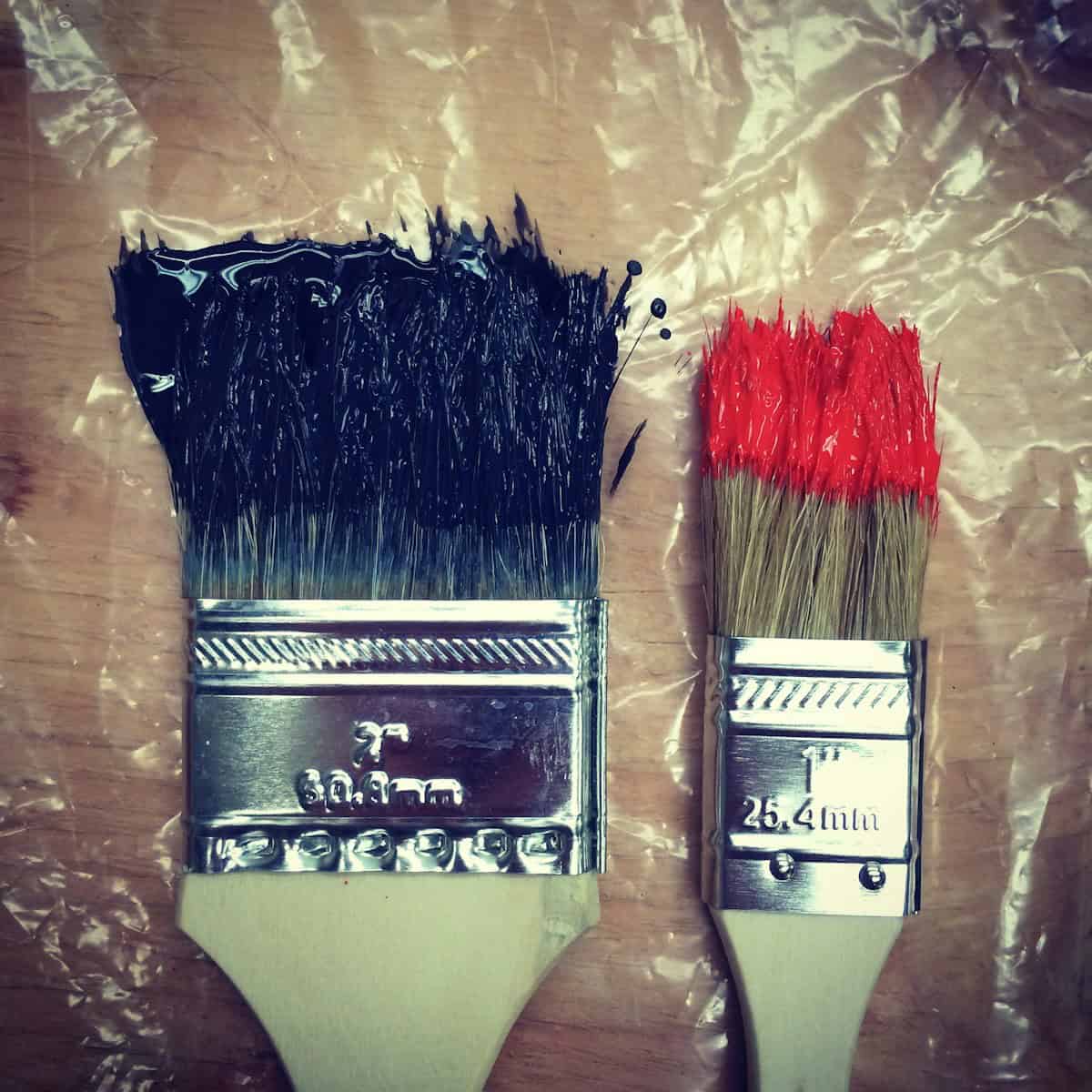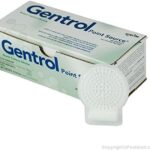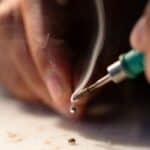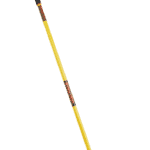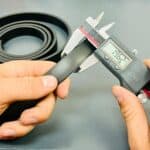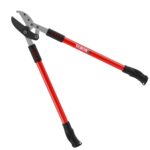Choosing the right paint brush can make a big difference in how a project turns out. There are many types of brushes, but two of the main types are square-cut and angle-cut brushes. A square-cut brush is best for flat areas and broad strokes, while an angle-cut brush is better for corners and tight spaces.
Square-cut brushes have straight edges that help cover large areas quickly. They work well for painting walls and wide surfaces. Because of their shape, they can apply paint evenly and smoothly.
Angle-cut brushes, also known as sash brushes, have slanted tips. This design helps when painting trim, cutting in, and reaching into corners. They provide better control and precision, making them perfect for detailed work. If you need more info, check out this guide on different paint brushes.
Distinguishing Brush Types
Square-cut and angle-cut paint brushes have unique designs that make them suitable for different tasks. Understanding these differences helps in selecting the right brush for your painting needs.
Square-Cut Paint Brushes
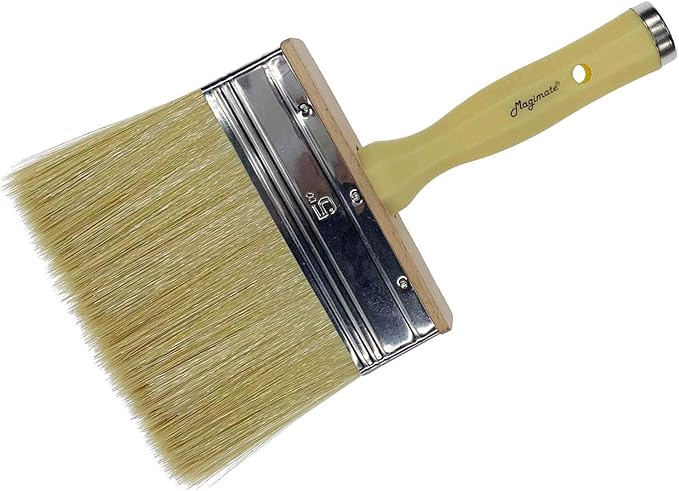
Square-cut brushes have bristles that are cut straight across. They are ideal for large, flat areas. This brush is great for applications like painting walls and ceilings because it covers a lot of surface quickly.
These brushes come in various sizes. Smaller sizes can be used for more detailed work. The flat tip of the bristles allows for smooth, even strokes. It is easy to hold and provides good control for basic painting tasks. Square-cut brushes often use synthetic bristles, which work well with water-based paints. Natural bristles are also used for oil-based paints.
Square-cut brushes can be paired with foam brushes for different textures. Foam brushes are useful for applying thin, uniform layers of paint.
Angle-Cut Paint Brushes
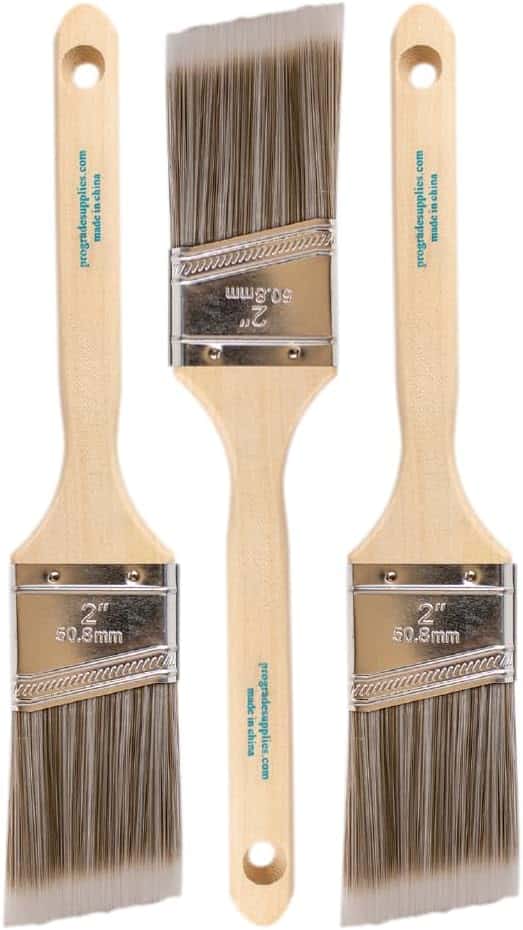
Angle-cut brushes have bristles cut at an angle. They are perfect for cutting in along edges and corners. This makes them ideal for painting trim, window frames, and other detailed areas.
The design of this brush allows for better precision. It helps when you need to get close to edges without overpainting. Angled sash brushes are a type of angle-cut brush, made specifically for detailed trim work. These can feature both natural and synthetic bristles.
An angled foam brush may also be used for smaller projects. Foam brushes are good for applying smooth, even coats of paint. They work well in tight spaces and corners. Angled brushes provide more control, making them essential for detailed tasks.
Techniques and Applications
Square-cut and angle-cut paint brushes can be used for different tasks. Knowing which brush to use for each job can help you get a smooth and neat finish.
Cutting In and Precision Work
Angle-cut brushes are ideal for cutting in around edges and corners. They allow for better control and a cleaner line, which is essential for trim work, baseboards, and ceilings. Angled sash brushes such as the Purdy XL Glide are popular for these tasks because they hold their shape well.
When painting near door frames or crown molding, an angle-cut brush helps achieve a straight line without the paint bleeding over. For oil-based paints, choose a brush with natural bristles. For latex paints, go with synthetic bristles to prevent the bristles from getting damaged.
Steady hands and a good quality brush are crucial for cutting in without making mistakes. Opt for smaller sizes like 1 to 2 inches for more precision.
Painting Large Surfaces
For larger areas like walls and ceilings, a square-cut brush is more suitable. It can hold more paint, which means fewer trips to the paint tray. This brush is great for broad, even strokes over flat surfaces. A roller can also be used on large surfaces, but a square-cut brush helps to fill in gaps and clean up lines left by the roller.
Bristle material is important here too. For oil-based paints, use brushes with natural bristles. For latex paints, go with synthetic bristles since they do not absorb water and stay firm.
Choosing the right size is key. For larger areas, a 3-inch brush or bigger allows for faster coverage. The square-cut brush’s flat edge provides a consistent finish and is easier to use when applying even pressure.
Working with Corners and Edges
Corners and edges pose a unique challenge and require precise technique. An angle-cut brush is perfect for these tasks because the slanted bristles can get into tight spaces. Wooster Shortcut is a highly recommended brush for this kind of work.
When painting corners, load the brush moderately to avoid drips. Use the angled edge to get into the corner and pull the paint outwards. This helps maintain a sharp line. For edges, align the brush at about a 45-degree angle to get the best result.
On trim and baseboards, the angle cut allows you to easily paint without the need of masking tape. Keep a steady hand, and use smooth, light strokes for an even finish.
Using the right brush with the correct technique will give you a professional-looking outcome. Proper tools like angled sash brushes and square-cut brushes will help in achieving a clean and polished finish.
Frequently Asked Questions
This section explains the key differences and uses of square-cut and angle-cut paint brushes. It includes the purpose, benefits, and best scenarios for each type of brush.
What is the purpose of an angled paint brush in comparison to a square-cut brush?
An angled paint brush is designed to cover more surface area in one stroke. It helps with cutting in on corners and tight spaces. A square-cut brush, meanwhile, provides consistent coverage on flat, open areas.
How does the bristle type affect the performance of square-cut and angle-cut paint brushes?
The bristle type determines how smoothly the paint applies. Natural bristles are good for oil-based paints, while synthetic bristles work better with water-based paints. Both types can be found in square-cut and angled brushes, affecting how paint is laid down.
What are the benefits of using an angled brush for cutting in during painting projects?
Angled brushes are great for cutting in along edges and corners. They allow for more control and precision in these tricky areas. This helps make the lines cleaner and reduces the need for tape.
In what scenarios should a flat paint brush be used over an angled one?
A flat, square-cut paint brush is ideal for large, flat surfaces. It provides consistent coverage and is easier to handle on wide walls or ceilings. It’s best used when precision is not as crucial.
How does brush angle impact the quality of edging when painting?
The angle of the brush helps with edging by reaching into corners and along edges better than a flat brush. It creates a smoother and more even line. This makes the finished edge look professional and neat.
Which type of paint brush is more suitable for use on lightly textured surfaces?
For lightly textured surfaces, an angled brush can be more suitable. It can reach into small crevices better. Yet, both angled and square-cut brushes can work, depending on the bristle type and paint used. Choose based on the specific texture and area to be painted.

